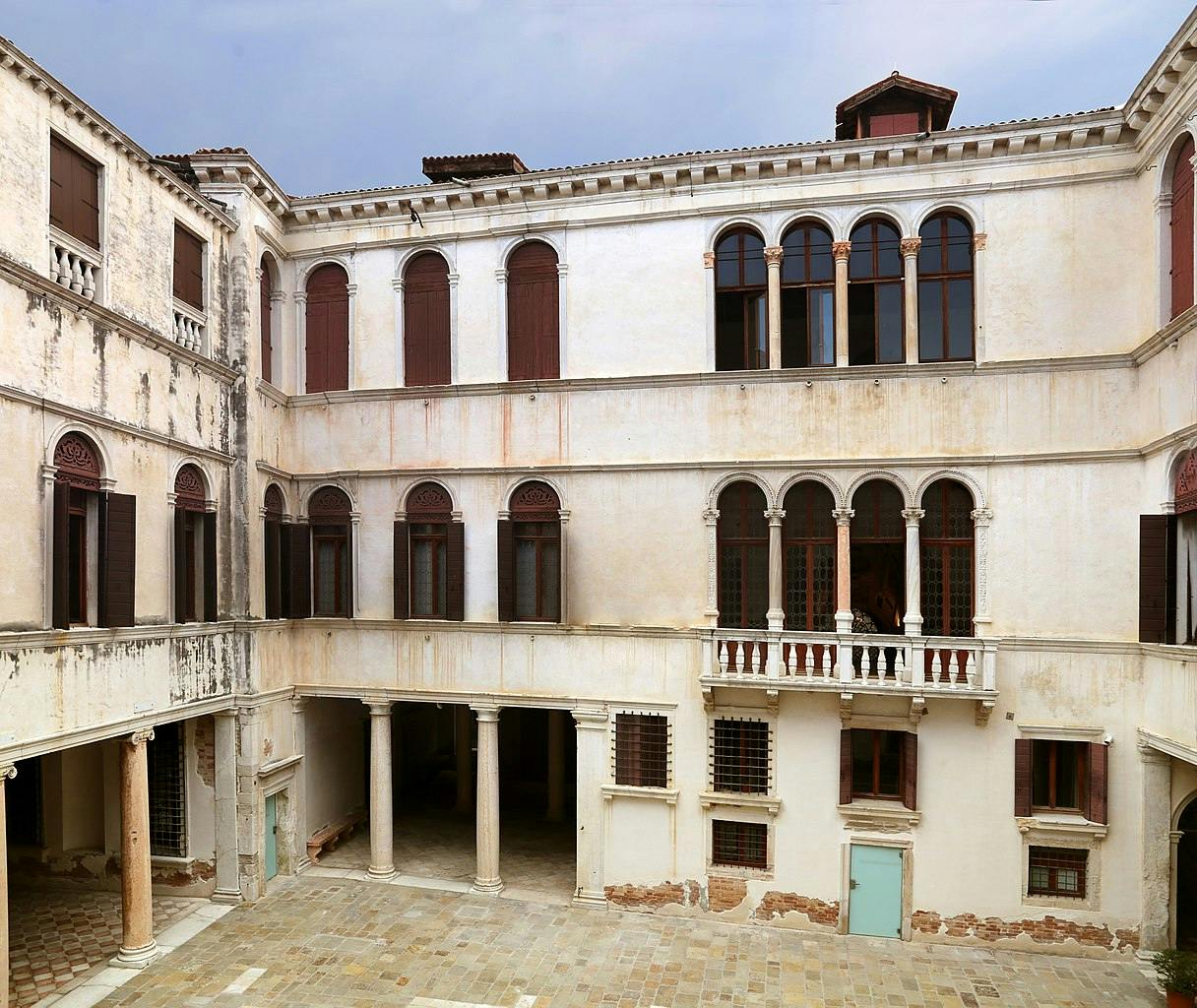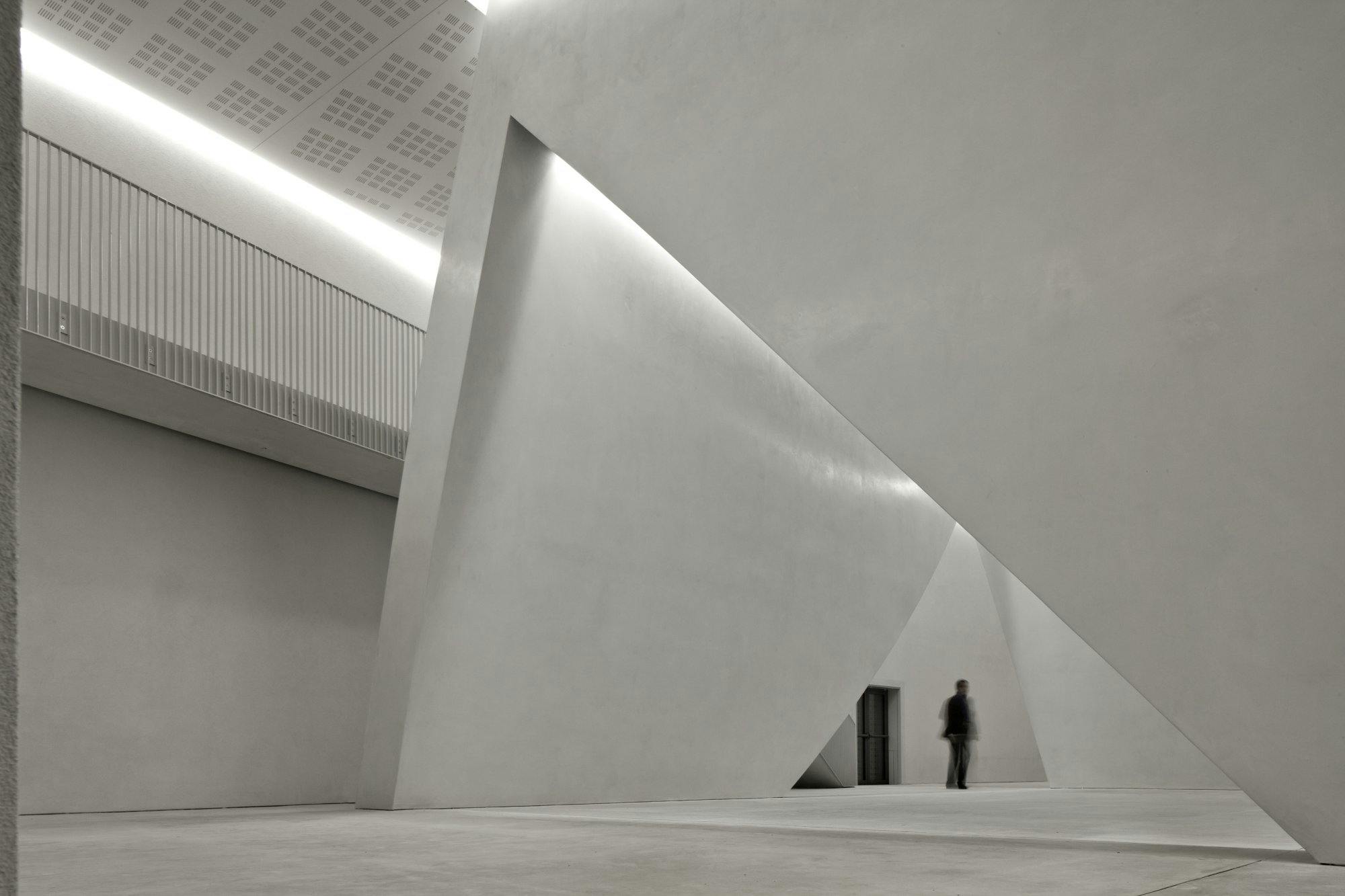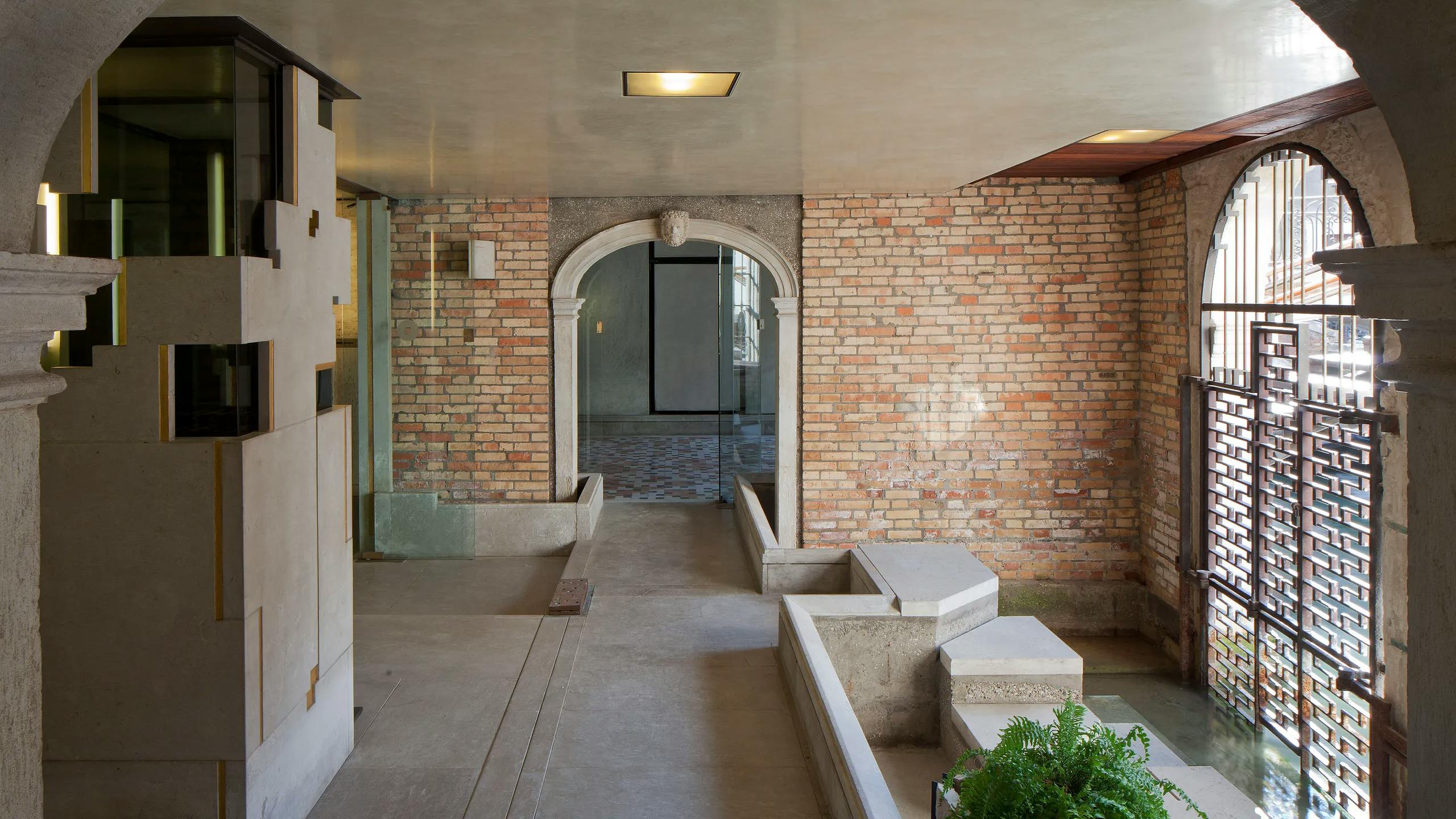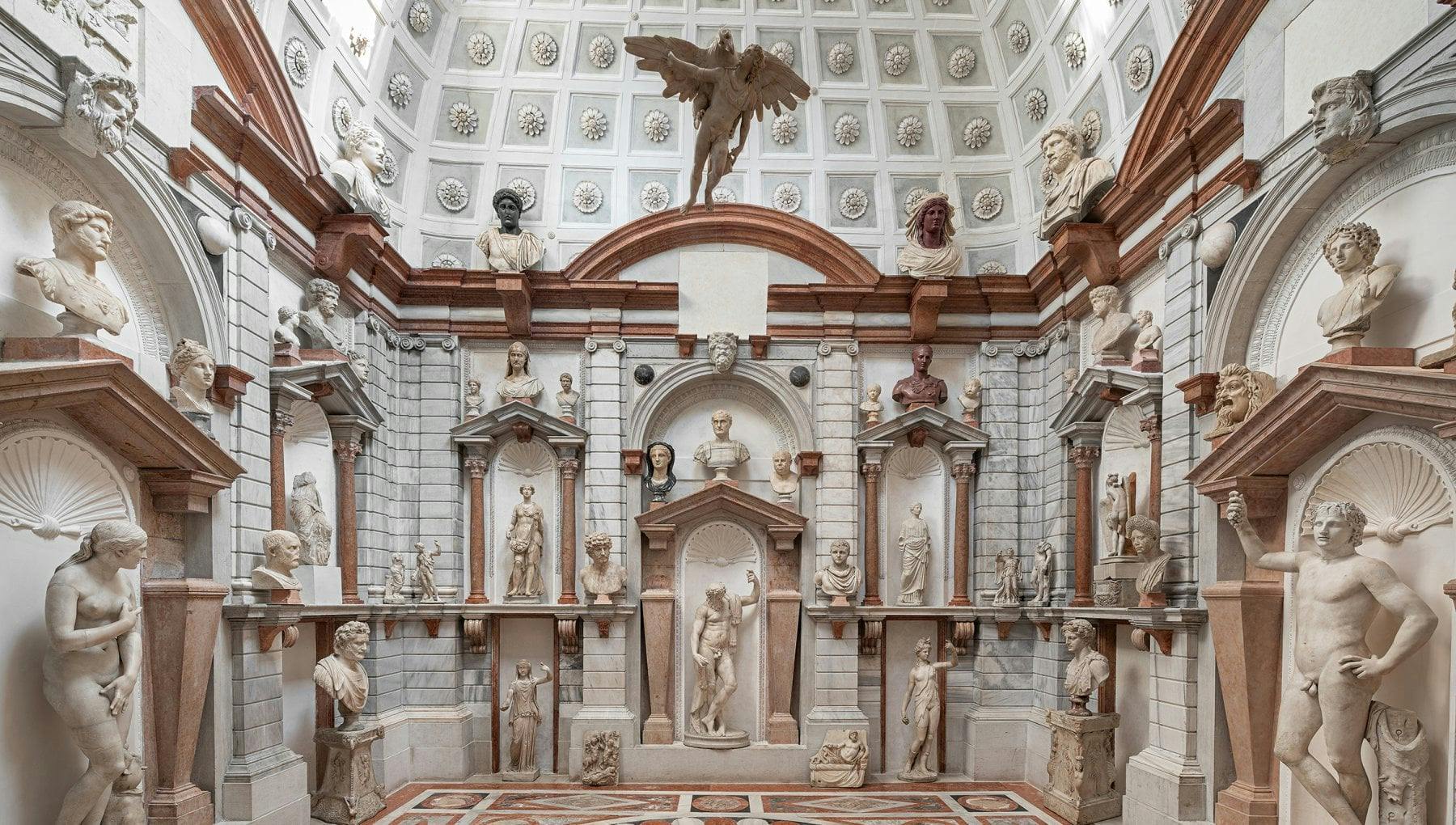
Palazzo Grimani di Santa Maria Formosa
Palazzo Grimani di Santa Maria Formosa is a 16th-century palace in Venice influenced by Roman architecture and designed to house the Grimani family’s collection of antiquities
Located in the Castello district, Palazzo Grimani di Santa Maria Formosa was built and expanded by the Grimani family—art collectors and high-ranking officials of the Venetian Republic. Unusual in both layout and sensibility, the architecture borrows heavily from Roman antiquity, diverging from the typical Venetian palazzo model. It houses one of the most architecturally ambitious domestic interiors in Venice, including the famous Tribuna—a private room designed to echo the Pantheon, originally used to display a collection of antiquities now housed at the Museo Archeologico.
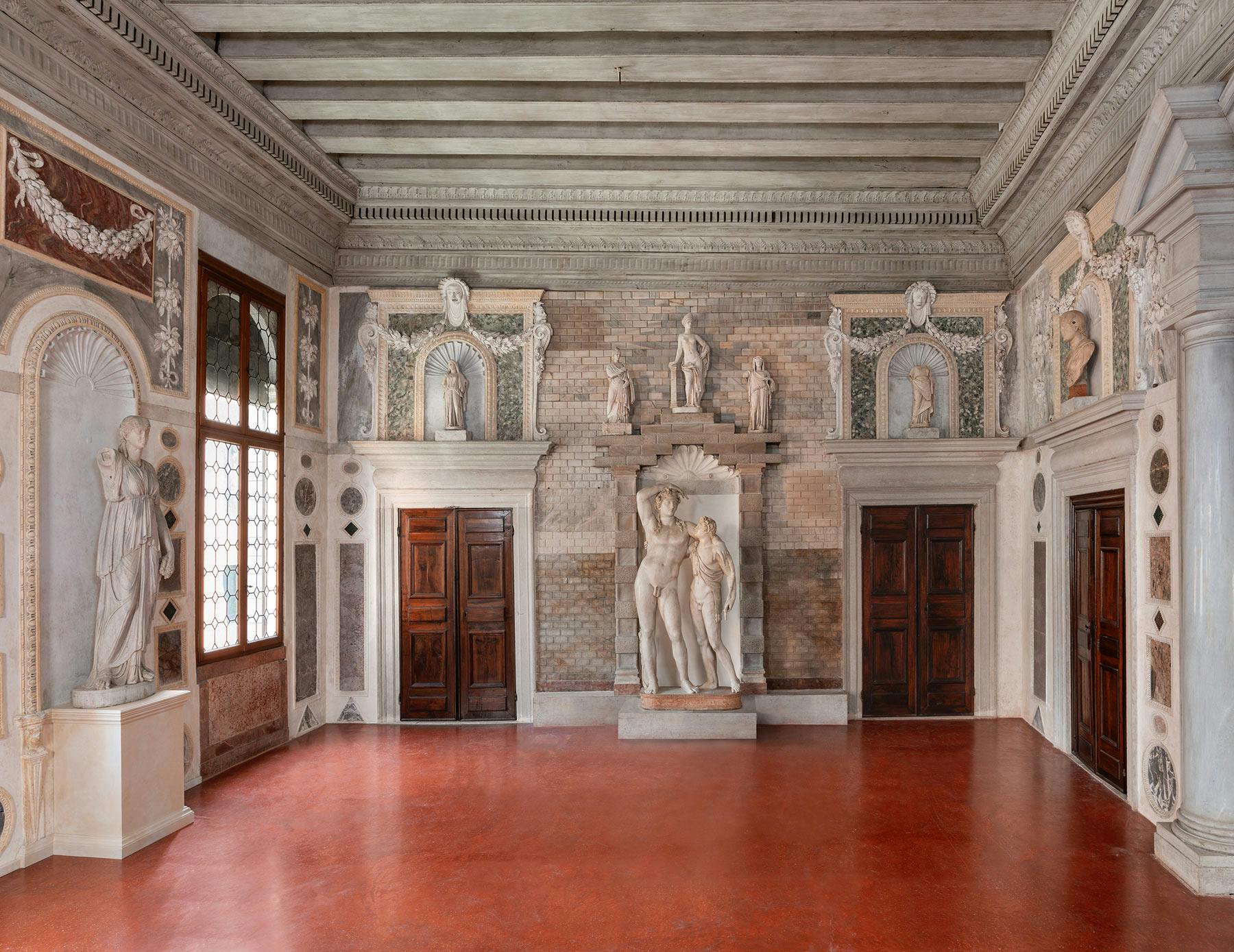
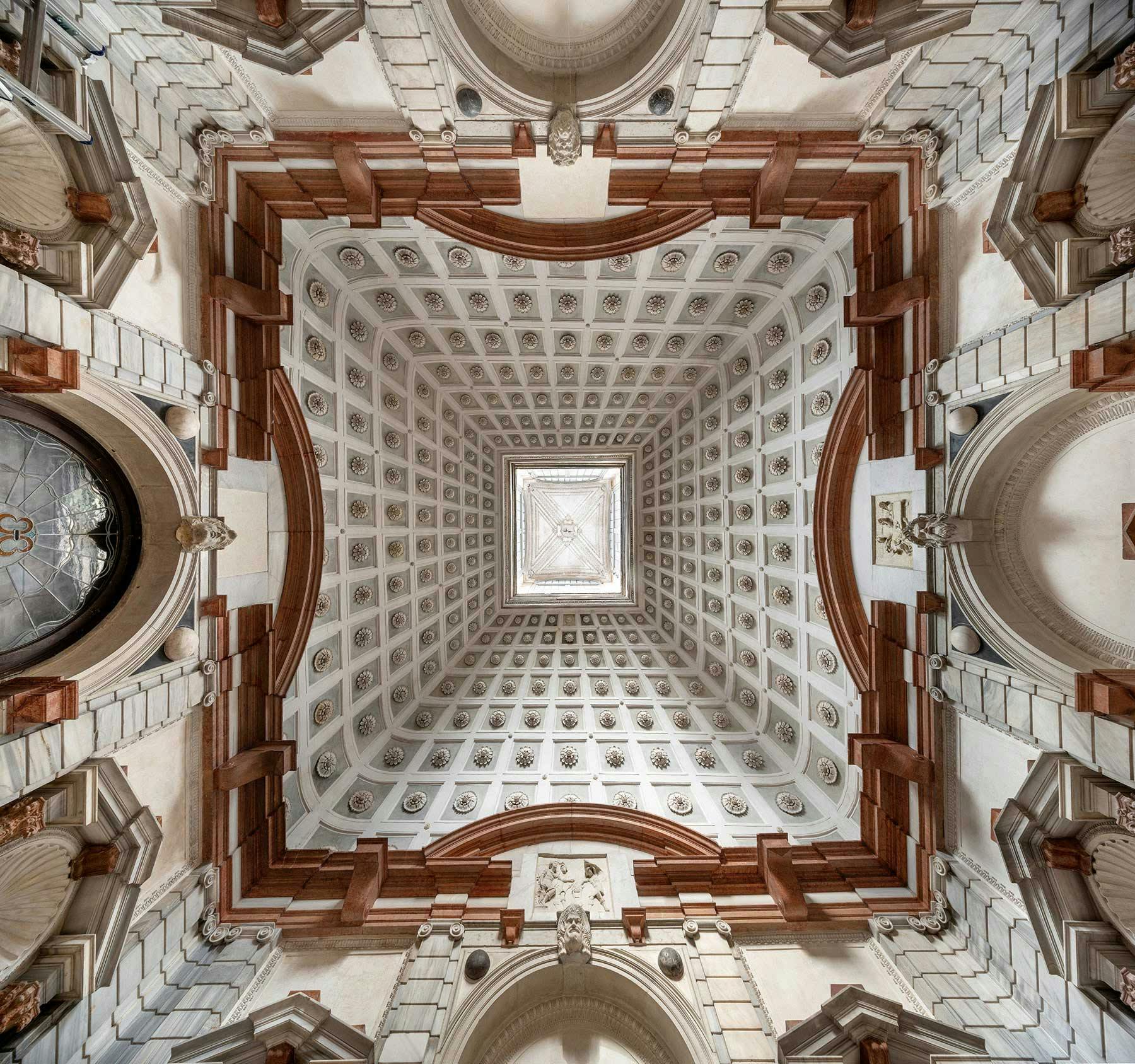
The original structure dates to the late 15th century, but the most significant expansions were overseen by Giovanni Grimani, Patriarch of Aquileia, in the mid-16th century. Unlike other Venetian palazzi that rely on enfilade plans and lagoon-facing facades, Grimani’s layout is axial and introverted, modeled on ancient Roman domus typologies. The most striking feature is its central courtyard, treated not as a garden but as a formal organizing element, framed by rusticated columns and classical detailing that read more like an archaeological reconstruction than a patrician home.
What makes the architecture singular is its spatial ambition. The Tribuna, built around 1568, is a domed octagonal chamber inspired by the Pantheon—complete with oculus-like ceiling details and wall niches originally designed to hold Roman busts and sculpture. It is one of the first examples in Venice of a room built not for function or social performance but for the private contemplation of art. The decorative program throughout the palace includes grotesques, illusionistic frescoes, and trompe-l'œil architectural scenes—many attributed to Federico Zuccari and other Mannerist painters. The effect is both erudite and eccentric, projecting the Grimani family’s status as both collectors and intellectuals.
The palace fell into disuse by the 19th century and was later donated to the state. After an extensive multi-decade restoration, it reopened in 2008 with the return of several original antiquities and site-specific installations by contemporary artists. Unlike many restored Venetian interiors, Palazzo Grimani is not reconstructed around nostalgia. Instead, its idiosyncrasies—spatial, visual, and historical—are left intact, offering a rare glimpse into a period when private architecture in Venice briefly absorbed, and then distorted, the language of antiquity.
